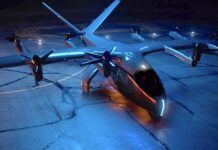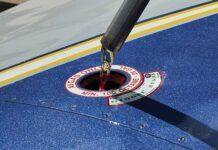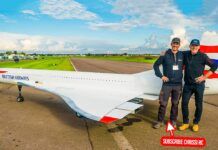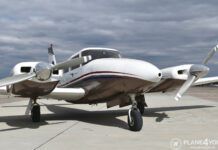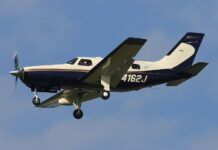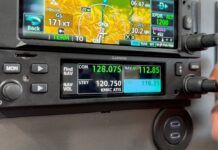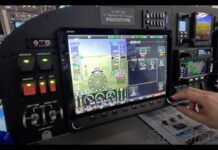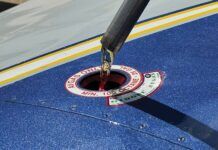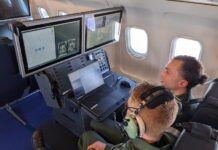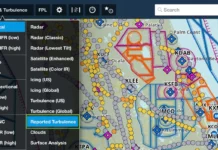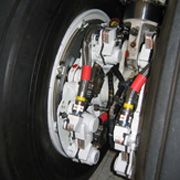 Even before fly by wire becomes the standard, companies have been exploring the next steps to remove hydraulics from the aircraft control equation. In mid-October, Gulfstream successfully demonstrated primary aircraft flight-surface control using “fly-by-wireless” technology. And, last week, Bombardier announced it had executed a first test flight with an all-electric Meggitt braking system, called EBrake. For the earlier test, Gulfstream outfitted a GV test aircraft with mechanical, fly-by-wire, fly-by-wireless, and fiber-optic fly-by-light systems to control ailerons, outboard spoiler, mid-spoilers and inboard spoilers respectively. Pilots noted consistent handling regardless of the applied control-actuation technology and Gulfstream noted that test results make fly-by-wireless — and its benefits of reduced complexity and weight — a potential backup for other flight control systems. Bombardier’s test of the EBrake system during normal, emergency and parking-brake functionality showed improved control in normal and emergency modes “resulting in tight centerline control even during maximum brake applications,” according to test pilot Gary Bruce. The system couples brake-by-wire control with electric brake actuation and removes relevant hydraulically actuated control systems, with the benefits of increased reliability and (fire) safety, decreased maintenance and associated costs. Both Gulfstream’s fly-by-wireless and Bombardier/Meggitt’s EBrake systems could reduce system weight on aircraft while removing toxic hydraulic fluids and therefore can claim environmental friendliness as side benefits to improved performance.
Even before fly by wire becomes the standard, companies have been exploring the next steps to remove hydraulics from the aircraft control equation. In mid-October, Gulfstream successfully demonstrated primary aircraft flight-surface control using “fly-by-wireless” technology. And, last week, Bombardier announced it had executed a first test flight with an all-electric Meggitt braking system, called EBrake. For the earlier test, Gulfstream outfitted a GV test aircraft with mechanical, fly-by-wire, fly-by-wireless, and fiber-optic fly-by-light systems to control ailerons, outboard spoiler, mid-spoilers and inboard spoilers respectively. Pilots noted consistent handling regardless of the applied control-actuation technology and Gulfstream noted that test results make fly-by-wireless — and its benefits of reduced complexity and weight — a potential backup for other flight control systems. Bombardier’s test of the EBrake system during normal, emergency and parking-brake functionality showed improved control in normal and emergency modes “resulting in tight centerline control even during maximum brake applications,” according to test pilot Gary Bruce. The system couples brake-by-wire control with electric brake actuation and removes relevant hydraulically actuated control systems, with the benefits of increased reliability and (fire) safety, decreased maintenance and associated costs. Both Gulfstream’s fly-by-wireless and Bombardier/Meggitt’s EBrake systems could reduce system weight on aircraft while removing toxic hydraulic fluids and therefore can claim environmental friendliness as side benefits to improved performance.





